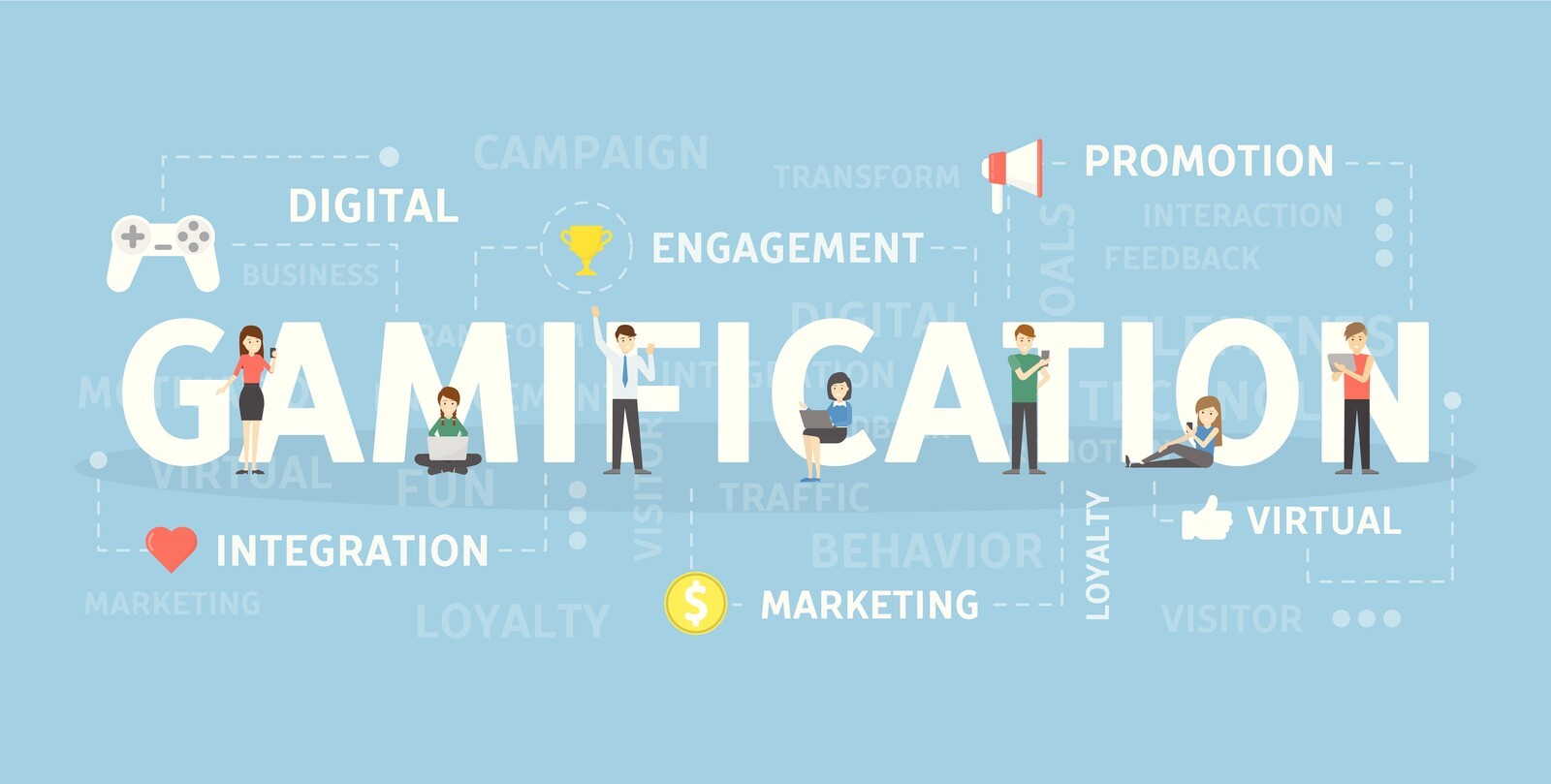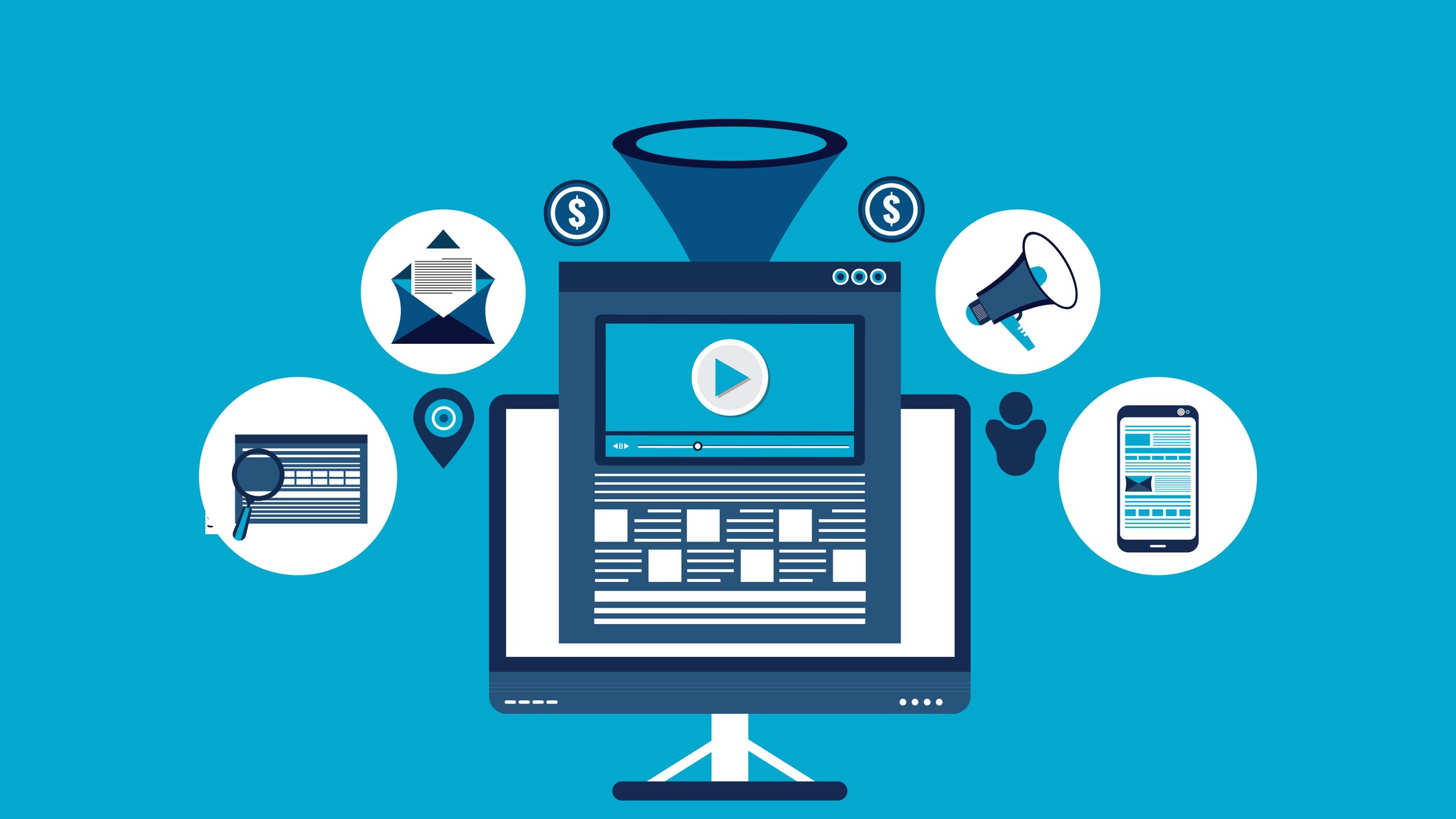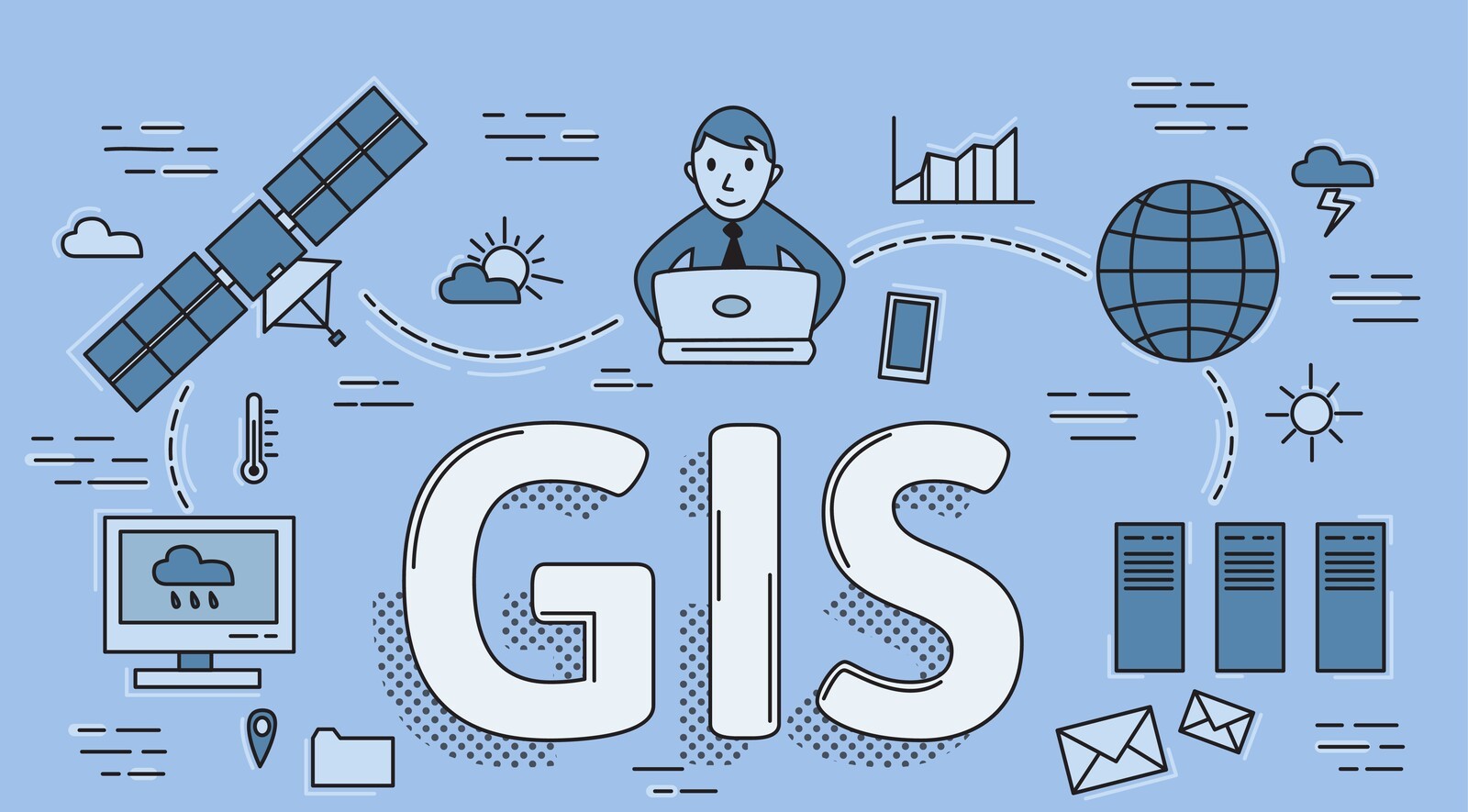Online engagement has rapidly evolved over the years, and with it, the strategies designed to captivate and retain users. One such strategy that has seen a meteoric rise in popularity is website gamification. Incorporating game-like elements into non-game environments, gamification taps into our inherent love of achievement and competition to transform otherwise mundane tasks into exciting, interactive experiences.
Website Gamification is not a new concept. It's been used in various sectors such as education, health, and marketing, to motivate behaviour, foster engagement, and increase loyalty. However, it's in the realm of web development where this strategy has really taken flight, leading to a revolutionary way of enhancing user engagement and satisfaction.
What Makes a Website Feel "Gamified"?
At its core, gamification is the process of applying game design elements to non-game contexts. These elements could range from points, badges, and leaderboards to more complex mechanics like quests or narratives. The key objective of website gamification is to create an engaging, fun, and immersive experience that motivates people to perform certain actions.
Gamification draws on the psychology of human motivation. It taps into our competitive instincts, our desire for recognition, our love of achievement, and our penchant for story and structure. Through gamification, ordinary tasks become exciting challenges, and users are incentivized to interact, explore, and make progress.
How Gamification Applies to Websites
When we talk about website gamification, we're referring to the application of these game mechanics to the design and functionality of a website. This approach can influence how users navigate the website, interact with content, or even complete tasks like making a purchase or signing up for a newsletter.
Examples of website gamification might include:
- Rewards
Websites could offer points, badges, or other rewards for completing certain actions, like making a purchase or writing a review. These rewards can then be used for special discounts, exclusive content, or other incentives. - Progress bars
Similar to how games show players their progress, websites can use progress bars to indicate how close a user is to completing a task or achieving a goal. This can be particularly effective for multi-step processes, like checkout procedures or application forms. - Challenges and Quests
Websites can create challenges or quests for users to complete, fostering a sense of adventure and achievement. This could be as simple as a daily challenge to visit certain parts of the site, or as complex as a multi-step quest that ties into a larger narrative or promotional campaign. - Leaderboards
In a community-focused website or platform, leaderboards can drive competition and engagement by highlighting the most active users or those who have achieved high scores in various challenges.
By integrating these and other game elements, websites can create a more engaging, satisfying, and memorable user experience, leading to increased loyalty, greater user engagement, and ultimately, higher conversion rates.
How Gamification Improves User Experience
At its core, website gamification boosts user engagement significantly. By introducing game mechanics, such as challenges and rewards, users are encouraged to interact with the website more frequently and for extended periods. This could range from browsing through product catalogs to actively participating in community forums. The interactive nature of gamified elements captivates users, making your website a destination rather than a mere pit stop.
Website gamification also plays a substantial role in enhancing customer loyalty and achieving higher conversion rates. When users find their experience enjoyable, they are more likely to return and stay connected with your brand. Above all, gamification adds a layer of fun to the user experience, making your website memorable and unique.
Improved User Engagement
One of the most immediate benefits of gamifying a website is a marked increase in user engagement. Game mechanics, such as challenges and rewards, motivate users to interact with the website more frequently and for longer periods. For example, a user might spend more time browsing your product catalogue if they know they'll receive points or badges for each product they view.
Increased Customer Loyalty
Website gamification can also play a pivotal role in boosting customer loyalty. By creating an immersive and engaging experience, customers are likely to return to your site more frequently. If users have a positive and enjoyable experience, they'll want to return and progress further, whether that's to gain more points, complete another challenge, or claim a reward. This repeated positive engagement fosters a deeper connection between your brand and your customers.
Higher Conversion Rates
With increased engagement and loyalty comes higher conversion rates. When users are invested in the gamified elements of your site, they're more likely to complete the desired actions, such as signing up for a newsletter, making a purchase, or sharing your content on social media. Essentially, website gamification can guide users towards your website's primary conversion goals in an engaging and entertaining way.
Fun and Unique User Experiences
Above all, gamification adds a layer of fun to your website. It transforms routine browsing or shopping into an interactive and entertaining experience. This not only sets your website apart from competitors but also ensures that users remember their experience, making them more likely to talk about your brand and share their experiences with others. This creates a unique value proposition that can significantly boost your website’s attractiveness and overall user satisfaction.
Designing Gamification That Feels Rewarding
Effective website gamification hinges on a few fundamental elements:
Clear Goals and Rules
Successful website gamification starts with setting clear goals and rules. Goals give users something to strive for and rules help guide the way. Whether it's earning points for completing a profile or achieving a 'top contributor' status for posting in a forum, goals provide direction and purpose. Rules, on the other hand, ensure that the process is fair and transparent. They make it clear how users can achieve their goals and earn their rewards. A well-structured gamified website will clearly communicate both these elements to the user from the outset.
Relevant Rewards and Incentives
Rewards and incentives are a crucial part of any website gamification strategy. They provide the motivation for users to engage with the gamified elements of your website. However, it's important that these rewards are relevant and valuable to the user. This could be anything from exclusive content, discounts, or badges that users can show off on their profiles. The key is to ensure that the rewards are attractive enough to motivate the user to action, but also aligned with the user's interests and your business objectives.
Progress Tracking
Progress tracking is another essential element of successful gamification. By visibly tracking and displaying users' progress towards their goals, you can stimulate the desire to continue engaging with your site. Progress can be tracked in many ways - through points, levels, or visually through progress bars. This not only provides ongoing motivation but also gives users a sense of achievement and satisfaction as they see themselves advancing towards their goals.
Social Engagement Features
Gamification is not just about individual achievement; it also has a strong social component. Features such as leaderboards, sharing options, or multiplayer challenges can foster a sense of community and competition among your users. These social features add another layer of engagement to your website, as users will want to see how they compare to others, achieve a higher status, or simply share their accomplishments with their peers. The social aspect of gamification can help turn your website into a vibrant and engaging community, further increasing user loyalty and engagement.
How Brands Use Gamification to Engage Users
Below are a few examples of websites that have successfully leveraged gamification to improve user engagement and increase conversions:
- Duolingo
The popular language-learning platform Duolingo uses gamification to make learning a new language fun and addictive. Users earn points for correct answers, race against the clock in timed exercises, and level up as their language skills improve. There's also a "streak" feature that encourages daily use of the app, further enhancing user engagement. - Fitbit
Fitbit uses gamification to motivate users to stay active and healthy. The site features badges for reaching fitness milestones, challenges to compete with friends, and personalized progress reports. Users can track their daily activity and compare their progress with others in the Fitbit community, driving motivation and engagement. - Starbucks Rewards
Starbucks' loyalty program is a prime example of website gamification. Customers earn "stars" for every purchase, which they can then redeem for free food and drinks. The program also features challenges that encourage customers to try different products or visit more frequently, further boosting engagement and sales. - Codecademy
Codecademy uses gamification to make learning to code more engaging. Users earn points and badges for completing coding exercises, and there's a progress bar that shows users how far they've come in each course. The platform also offers real-time feedback and supportive prompts, keeping learners motivated and engaged. - Nike Run Club
Nike Run Club gamifies fitness by turning running into a game. Runners can track their progress, set goals, participate in challenges, and even compete with friends. As users achieve their goals and complete challenges, they earn trophies and badges, which can be shared on social media.
These examples demonstrate how website gamification can be successfully incorporated to engage users, encourage desired behaviours, and create a fun, interactive experience.
Implementing Gamification on Your Website
Gamification is a strategy that requires an in-depth understanding of your audience, careful planning, and a balanced approach. The goal isn't just about making your website more interactive and fun, but also about enhancing your users' overall experience, encouraging desired behaviours, and ultimately achieving your business objectives.
It's important to understand that it's not a one-size-fits-all solution. The implementation process is dynamic and depends heavily on your specific audience, business goals, and the nature of your website. Implementing website gamification is an iterative process that involves user feedback, testing, and consistent refinement to ensure its effectiveness and alignment with your evolving business needs.
Understanding Your Audience
The first step in implementing gamification on your website is to understand your audience. What motivates them? What are their interests? What kind of rewards would they find valuable? The answers to these questions will help you design a gamification strategy that aligns with your audience's needs and desires.
You can gain insights into your audience through various methods such as user surveys, feedback, and data analytics. The better you understand your audience, the more likely you are to create a gamified experience that will resonate with them and motivate the actions you desire.
Integrating Gamification into Design
Once you understand your audience, the next step is to integrate gamification elements into your website design. This requires a balance between incorporating game-like features and maintaining the core functionality and user-friendliness of your site.
Remember, the goal of website gamification is not to transform your website into a game but to use game elements to enhance the user experience. This might involve implementing a points system, developing progress tracking visualizations, or introducing social interaction features. It's also important to ensure that these gamified elements align with your overall brand identity and aesthetic.
Testing and Iterating
Finally, it's crucial to remember that gamification is not a set-it-and-forget-it strategy. It's an iterative process that requires testing, feedback, and adjustments.
Once you've implemented your website gamification elements, monitor user engagement and gather feedback to understand what's working and what's not. This could involve A/B testing different reward systems, soliciting user feedback through surveys, or using web analytics to track user behavior.
From this feedback, you can make informed decisions about what to tweak or overhaul in your gamification strategy. Remember, successful gamification is a dynamic process that adapts to the evolving needs and preferences of your users.
With all its benefits and potential, gamification is more than just a trend. It's a powerful strategy that can truly redefine your website, setting it apart from the competition and creating an immersive, rewarding experience for your users.
If you haven't yet considered implementing gamification on your website, we highly recommend exploring this strategy. Not only can it make your website more engaging and interactive, but it can also significantly contribute to achieving your business objectives.
Interested in implementing gamification but unsure where to start? e-dimensionz's experienced team of developers is ready to help you navigate the world of website gamification. Feel free to reach out to us for a consultation. Let us help you transform your website into an interactive and rewarding digital playground that your users will love to visit time and again.




